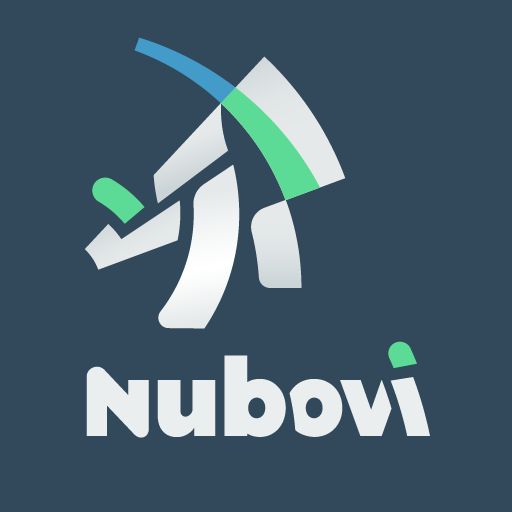As organizations move to the cloud, they are faced with an overwhelming amount of choices and options for building and configuring their software. Keeping up with the latest capabilities of cloud providers can be a full-time job in itself. This is where self-learning configuration models based on machine learning come in.
These models learn from your organization and the cloud providers themselves. We understand that these factors are continuously evolving and that staying on top of the latest changes takes a lot of time and effort. That's why smart software should take care of it for you, automatically!
By automatically analyzing the latest updates and capabilities of cloud providers and the way you use your software solutions, these machine learning models can recommend the best configurations for your cloud workloads. This allows your organization to maximize the benefits of the cloud without the need for additional staff or resources.
The models take into account a wide range of factors, including your current infrastructure, the business use of your software solutions, and the latest developments from cloud providers. By doing so, we can ensure that your software is always configured optimally and that you're taking advantage of the latest innovations from the cloud.
This level of automation also allows your organization to be more agile and responsive to changes in the market. By freeing up resources from the time-consuming task of staying up-to-date with cloud provider capabilities, your team can focus on higher-level strategic initiatives.
In conclusion, machine learning models can help your organization stay on top of the latest cloud provider capabilities without the need for additional FTE. By automatically analyzing and recommending optimal cloud resource configurations based on the latest developments, these models can help you take full advantage of the benefits of the cloud while allowing your team to focus on more strategic initiatives.
To learn more about how Nubovi can help do this for you, have a look at our white paper or watch this short explainer video.
